How it works
Learn more about each of our services below! Schedule an appointment for your selected services online and we will come to you. After the exams are completed, images will be uploaded to our cloud-based servers (PACS). Radiologist reports will be returned to your clinic within 24 hours.
Overview of exams

1 hour
If multiple patients are scheduled for imaging at your clinic in a day the exams will be performed back-to-back, typically beginning with the most critical patients.
Our ultrasounds follow ACVR and ECVDI guidance for complete abdominal sonography in dogs and cats. Each exam thoroughly evaluates the following:
Abdominal ultrasound is an effective diagnostic tool for many different clinical scenarios. Common indications for an abdominal exam may include:
Appropriate patient preparation can significantly improve the diagnostic quality of exams. Optimal preparation should be the goal for scheduled scans, but may not be feasible for emergent patients. Preparation typically includes:
Why might we request sedation? Use of patient-appropriate sedation and analgesia generally yields higher quality and more efficient exams with improved evaluation of deep anatomy and small structures. Patients with abdominal pain often benefit from analgesia to ensure their comfort during scans. Anxious or highly energetic pets often do best with anxiolytics given at home prior to their veterinary visit which may be combined with in-hospital sedation immediately prior to their scan.
Recheck focal exams of specific organ systems may be appropriate for patients who have received full abdominal imaging within the past 6 months. These shorter duration exams are often used to monitor previously identified lesions and evaluate response to treatments.
30 minutes
Each complete neck ultrasound thoroughly evaluates the following:
Neck ultrasounds are often utilized in workups of certain bloodwork abnormalities and palpable mass lesions. These exams can help direct further diagnostics and treatment interventions. Common indications for neck exams include:
Appropriate patient preparation is important for high quality exams of the neck, which is often focused on small anatomic structures. Preparation typically includes:
Why might we request sedation? Use of patient-appropriate sedation and analgesia generally yields higher quality and more efficient exams. Neck ultrasounds evaluate structures as small as 1-2 mm in size and thus require minimal patient movement. Anxious or highly energetic pets often do best with anxiolytics given at home prior to their veterinary visit which may be combined with in-hospital sedation immediately prior to their scan.
1 hour
Echocardiograms evaluate the structure and function of the heart with a variety of ultrasound techniques including B-mode, M-mode, color Doppler, spectral Doppler, and duplex imaging. The following regions are evaluated on every exam:
Echocardiograms are frequently utilized in both well pet pre-anesthetic screenings and diagnostic workups of patients with clinical cardiac disease. Common indications for echocardiograms include:
We do not perform echocardiograms on patients less than 5 years old. These patients often have congenital cardiac anomalies and we recommend they be evaluated and have their exam performed by a board-certified veterinary cardiologist.
Most echocardiograms are performed without sedation and patient preparation is minimal! Preparation typically includes:
Some medications temporarily alter cardiac function and measurements if given prior to the exam, such as dexmedetomidine. These medications should be avoided if possible.
1 hour (includes left and right limb)
The most common musculoskeletal exams are of the following regions:
Musculoskeletal exams can be utilized in both acute and chronic lameness cases. These exams are often used to achieve precise musculoskeletal diagnoses and guide treatment planning. Radiographs of the region are recommended prior to ultrasound.
These exams entail manipulating painful joints and tendons. To ensure patient comfort, the exams are performed with sedation and analgesia.
15 minutes
Diagnostic tissue or fluid sample collections may be added onto other imaging exams. Common indications for sample collection include:
To optimize patient safety and comfort, sedation is generally recommended prior to aspirates.
